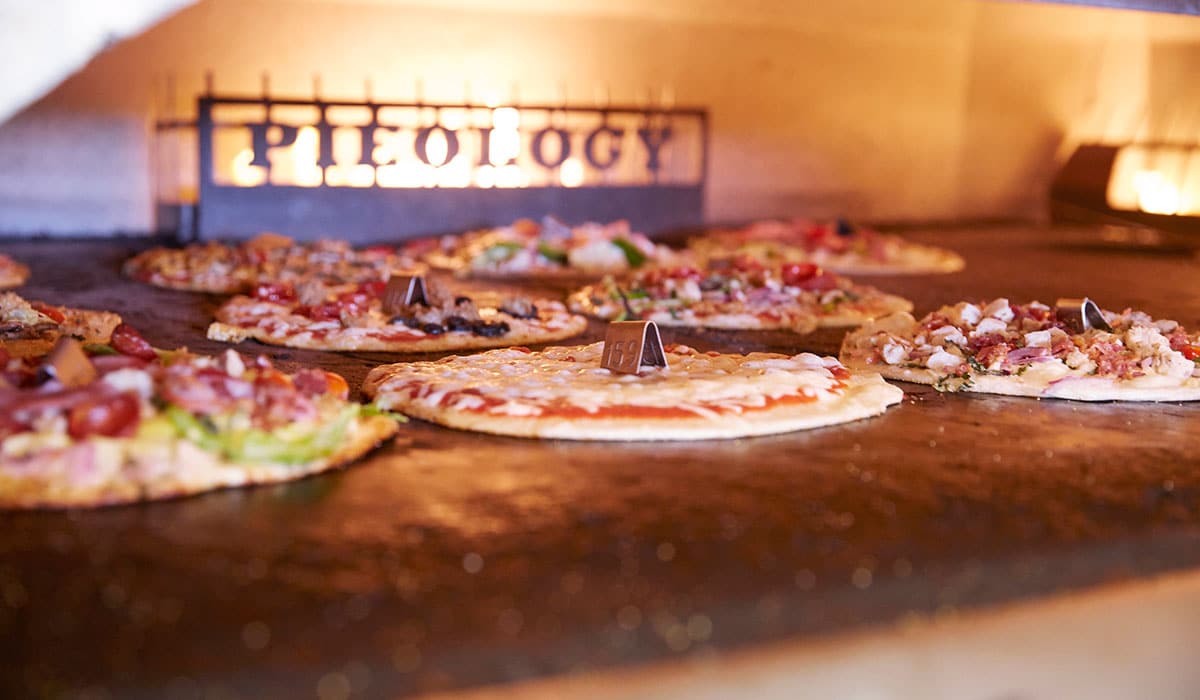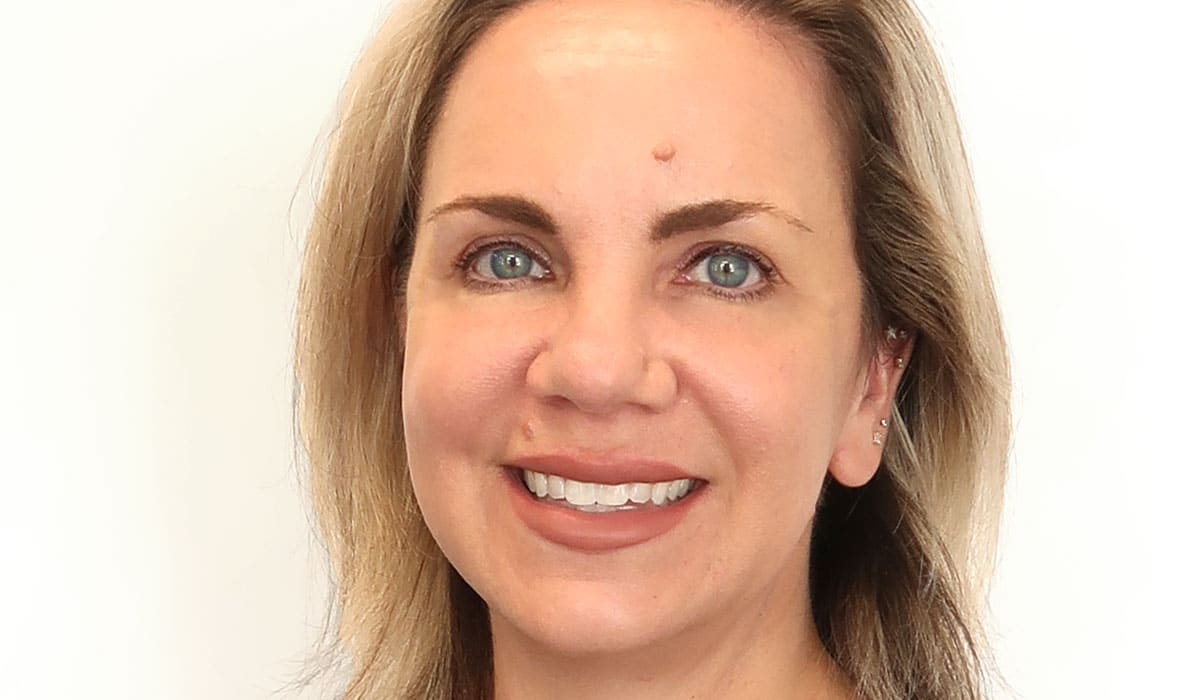Wendy’s is injecting millions into its multi-year strategy to build breakfast, but at the end of the day, the path to success is quite simple.
It’s a trial game, CEO Todd Penegor said. The biggest opportunity is drawing in customers from the lunch and dinner daypart, followed by attracting new users.
“Breakfast is very habitual,” Penegor said during the chain’s Q1 earnings call. “We’ve got to continue to build the habit to use the brand for breakfast rather than just dinner. But they already know that they have high quality offerings during the rest of day, and when they get introduced to the even higher quality or as high a quality offering that we have at the breakfast daypart, they quickly become very loyalty and very frequent, so it becomes a new habit quickly.”
THE COVID-19 ROAD FOR WENDY’S SO FAR
Wendy’s Sets New Corporate Responsibility Goals
The Story at Wendy’s is Still About Breakfast
Wendy’s Plots Drive-Thru-Only Restaurants
Wendy’s Breakfast is About to Get a $15 Million Boost
Wendy’s Launches Loyalty Program Nationwide
Wendy’s Solves Beef Supply Problems as Sales Bounce Back
What’s the Deal with Wendy’s Beef Supply?
Wendy’s to Give Employees at Corporate Stores 10 Percent Boost
Wendy’s: 90 Percent of Sales Coming Via Drive Thru
The morning daypart’s mix remained steady at 7 percent in Q1 even as other dayparts strongly increased. All of the brand’s key breakfast metrics improved—sales dollars, awareness, frequency, and customer satisfaction scores. The daypart was fueled by continued marketing pressure, including Wendy’s presence as the official breakfast of March Madness and the 2 for $4 promotion, which drove a “significant amount of trial.” Wendy’s spent close to $20 million to launch breakfast and then another $15 million in incremental advertising throughout 2020. It will do the same in 2021.
Penegor said there’s much evidence to suggest that breakfast has wide runway for growth. While awareness picked up only slightly in Q1, the chain is optimistic about vaccinations increasing and markets lifting restrictions. This means improved mobility of the consumer, especially in the morning. As breakfast routines return, Wendy’s will have more chances to capture trial and boost the daypart.
The brand won’t have to pull the innovation lever to do this, either. Penegor said the chain has the ability to drive awareness and trial with existing offerings, so there’s no need for new product news right now. However, the innovation pipeline remains strong, and when Wendy’s needs to go that route, it will.
The best predictor of what’s to come may be the 300 legacy restaurants that had the morning daypart prior to Wendy’s rollout in March 2020. Those stores have grown breakfast to more than 10 percent of sales.
“Our results in the quarter were ahead of expectations, and we remain fully committed to our breakfast advertising investment, putting us in a great position to grow our breakfast sales by 30 percent in 2021 and reach our goal of 10 percent of sales coming from breakfast by the end of 2022.”
Breakfast continued to strengthen the 5,900-unit U.S. market, which saw same-store sales lift 13.5 percent in Q1 on a two-year basis. It was also Wendy’s third consecutive quarter of positive two-year stacks (Q3 2020, 10.5 percent; Q4 2020, 9 percent). In Q2, the chain expects domestic same-store sales to grow 12 percent to 14 percent. Comps at international markets, which includes roughly 950 stores, increased 7.9 percent, or 6.3 percent on a two-year basis.

Going hand-in-hand with the accelerating breakfast daypart is the budding digital business. Wendy’s exited Q1 with digital mixing roughly 8 percent, an increase from just over 6 percent in Q4. Penegor said the boost was driven by growth in both delivery and mobile ordering. Delivery was aided by promotions that raised awareness and new trial while mobile ordering was lifted by Wendy’s strong loyalty program that includes 13 million users. Of that amount, three million are fully engaged and active customers.
“We’ve been relatively flat on our awareness around digital activity, whether that be delivery or mobile ordering,” Penegor said. “Those are opportunities ahead of us, to continue to get more customers aware that you can have a digitally enabled order from The Wendy’s Company, which gives us a lot of confidence that we can continue to build on the program. The customer satisfaction for the folks that are in the loyalty program is quite high. They like the program. They like the ease of use of it at the restaurant level. And our opportunity is to have our crew even engage more to drive awareness even at point of sale.”
Wendy’s has started to leverage consumer data and engage customers on a 1:1 basis. The CEO noted that as consumer behavior continues to change—along with the proper technology investments—Wendy’s is well on its way to achieving its goal of 10 percent digital mix in the U.S.
Mobile ordering brings a 15 to 20 percent higher average check while delivery experiences a 40 to 50 percent jump. Penegor said he expects average ticket to remain elevated through the summer and into the fall before full mobility returns. In terms of the drive-thru, speed has remained the same even though Wendy’s is seeing 10 percent more items per order. Meanwhile, 85 percent of dining rooms are open, but roughly 50 percent of customers are coming inside to grab takeaway orders. Pre-COVID, one-third of Wendy’s sales came from the dining room.
“It will take a while to get back to that third dining room mix over time, and that’s why we continue to really focus on how do we make our parking lots frictionless transaction centers and continue to drive speed at the drive-thru, get more folks into mobile ordering so they can get through that line faster, complement that with mobile grab-and-go and curbside,” Penegor said. “All of those initiatives are underway.”
Same-store sales were also accelerated by innovation in afternoon/evening dayparts, including the Jalapeño Popper Chicken Sandwich and Salad. Additionally, the elevated Classic Chicken Sandwich proved to be a key component of Wendy’s 2 for $5 promotion. The item is selling more than twice as much as the previous version, and continues to drive a strong large sandwich sales mix and higher average check.

Penegor said Wendy’s share of the breaded chicken sandwich within the quick-service segment grew in March, despite “significant competitive activity.” The brand finished Q1 with the $5 Biggie Bag, which also drove strong sales.
“As we look forward to the rest of 2021, we are very excited about our marketing calendar, which will continue to include a nice balance between our core items and some new product offerings to ensure that we continue to drive customers into our most craveable products,” Penegor said.
As Wendy’s continues to ignite its growth pillars, labor remains a major concern. Penegor said the chain is focused on creating “fun and energizing” environments and leveraging technology to simplify operations. Across the system, the CEO has seen franchisees pay higher wages and offer benefits like paid time off or free lunches. It’s all in an effort to ensure Wendy’s is taking care of its employees.
READ MORE: Why the Hiring Crisis is a Moment of Reckoning for Restaurants
Penegor predicted that the labor market will be tight “for a little bit.” The key right now is to put workers in the most efficient position to drive the most throughput. The company is forecasting 2 to 3 percent labor inflation for 2021.
“Labor is a little more challenged at the moment,” Penegor said. “We’re blessed with better turnover across our system as we work to continue to make sure our restaurants are fun and energizing to work in. But we got to continue to work hard to get those restaurants fully staffed as we work into the summer season, and we’re focused on that as a system. But the good news is with the strong start and the health that we have, it gives us some time to continue to work against the outlook for the year as we think about where labor may be going, which could be a little inflationary.”
Total revenues increased 13.6 percent in Q1 to $460.2 million. Company-operated margin lifted from 10.1 percent to 17 percent this year. Adjusted EBITDA increased from $89.3 million last year to $121 million in 2021.
Because sales have exceeded expectations so far this year, Wendy’s increased its 2021 guidance. Instead of 6 to 8 percent global systemwide sales growth this year, the chain now predicts an 8 to 10 percent increase. The guidance around adjusted EBITDA grew from $445 million to $455 million to $455 million to $465 million. Free cash flow estimates were bumped from $230 million to $240 million to $250 million to $260 million.









